The textile industry of Pakistan stands as the country’s largest industrial sector, playing a vital role in economic growth, employment, and exports. With a long history rooted in agriculture and craftsmanship, Pakistan’s textile sector has evolved into a globally competitive industry. From raw cotton to finished apparel, it remains the backbone of Pakistan’s economy.
Historical Background and Growth
Pakistan’s textile roots trace back centuries, with handloom weaving and cotton cultivation being traditional occupations. After independence in 1947, the government prioritized industrialization, leading to the establishment of textile mills across the country. By the 1970s, Pakistan emerged as one of the world’s top cotton producers, fueling rapid textile growth.
Economic Contribution
The textile sector contributes nearly 60% of Pakistan’s total exports and employs over 40% of the industrial labor force. It significantly boosts foreign exchange earnings, with major markets including the USA, EU, UK, and China. This sector alone contributes around 8.5% to the national GDP, making it a cornerstone of economic stability.
Main Products and Segments
Pakistan’s textile industry is diverse, covering a wide range of products such as:
Yarn and Fabrics – Cotton yarn, polyester, blended fabrics
Home Textiles – Bed linens, towels, curtains
Garments and Apparel – Casual wear, sportswear, denim
Made-Ups and Accessories – Bags, rugs, and industrial textiles
These segments cater to both domestic demand and international markets, ensuring year-round production.
Competitive Advantages
Several factors give Pakistan a competitive edge in the global textile market:
Abundant Raw Cotton Supply – Locally grown high-quality cotton reduces raw material costs.
Skilled Labor Force – A strong base of experienced workers in weaving, knitting, and garment manufacturing.
Strategic Location – Close proximity to major textile-importing regions like Europe and the Middle East.
Government Support – Export incentives, tax relief, and industrial subsidies to boost competitiveness.
Challenges Facing the Industry
Despite its strengths, Pakistan’s textile sector faces significant challenges:
Energy Shortages – Unstable power supply impacts production efficiency.
Outdated Technology – Some mills still rely on obsolete machinery.
Global Competition – Strong competition from countries like Bangladesh, Vietnam, and India.
Fluctuating Cotton Production – Climate change and pests affect raw cotton yields.
Future Outlook and Opportunities
The future of Pakistan’s textile industry lies in modernization, value addition, and sustainable practices. Embracing digital textile printing, eco-friendly dyes, and organic cotton production can open new markets. The China-Pakistan Economic Corridor (CPEC) also offers opportunities for investment in textile infrastructure and export expansion.
With government reforms, investment in modern machinery, and a focus on quality over quantity, Pakistan can strengthen its global textile footprint and increase export revenues.
Conclusion
The textile industry of Pakistan is not just an economic sector—it is the lifeline of the country’s industrial growth. With its rich cotton heritage, skilled workforce, and strategic location, Pakistan has the potential to remain a leading textile exporter for decades. By overcoming existing challenges and adopting sustainable innovations, the textile sector can continue to weave prosperity for the nation.



